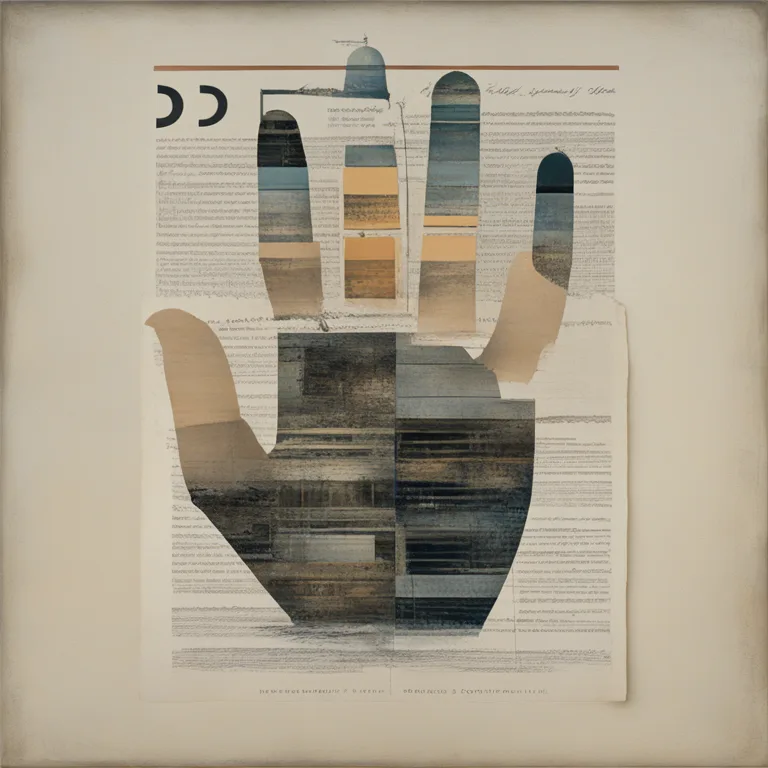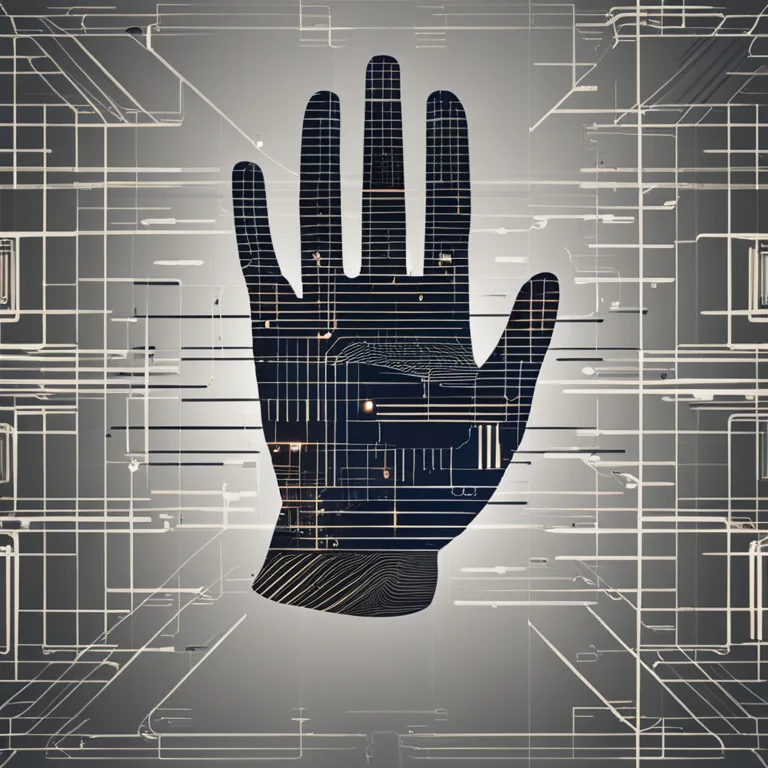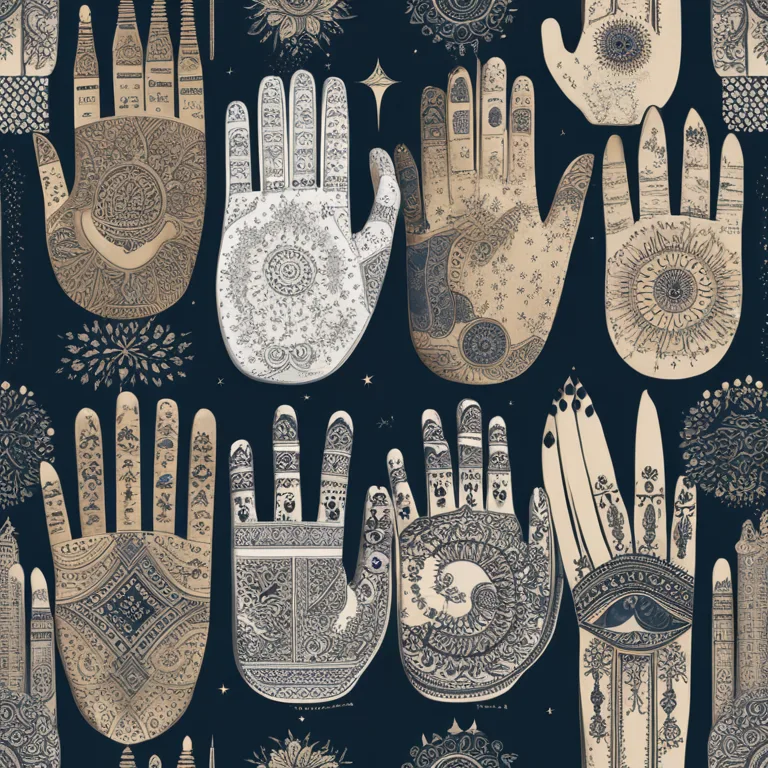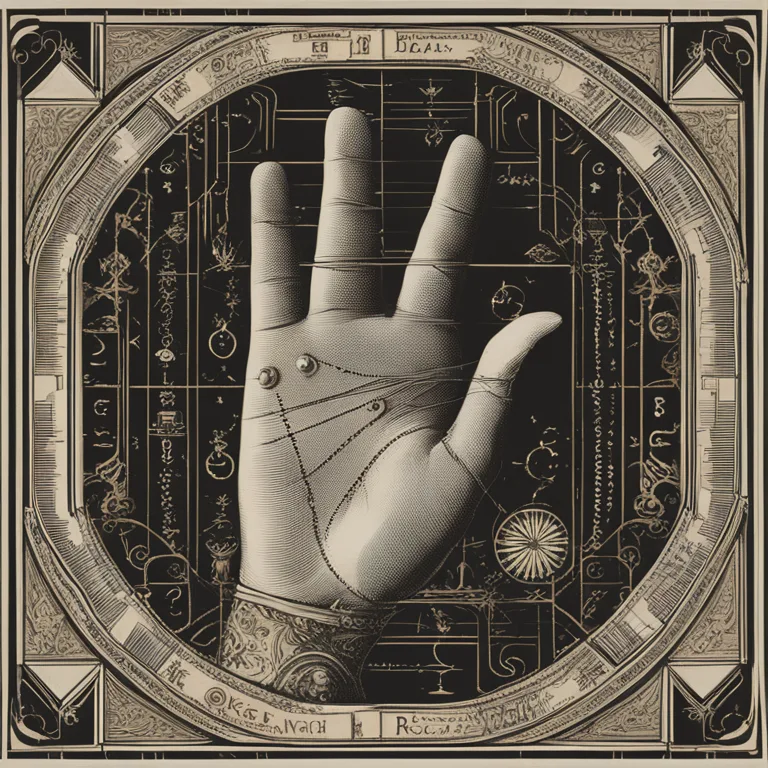
The Correct Hand for Palm Reading: A Guide
Learn which hand to read for insightful palmistry interpretations and how the distinction influences personal readings.
article by Nora Pennington
Introduction to Palmistry: Which Hand Matters?
Palmistry, or chiromancy, is the ancient art of interpreting the lines and features of the hands to understand personality traits and predict future happenings. One of the foundational questions you might encounter is: "Which hand should be read?" This can impact the interpretation and accuracy of a palm reading. Traditionally, palmists have attributed differing significance to the left and right hands, with each serving its own purpose in a reading. As we journey through this article, we will elaborate on the roles of each hand according to palmistry practices, acknowledging individual preferences and modern perspectives.

Decoding the Dominant Hand
Commonly, the hand that a person writes with is considered the dominant hand. In palmistry, this hand is reflective of the present moment, signifying the conscious mind and providing insight into the choices and actions shaping one's life. Its lines are believed to be influenced by one’s experiences and the conscious effort they've made throughout life. As we progress through the 21st century, considerations of how changes in technology and lifestyle may impact the dominant hand’s reading continue to become part of a palmist’s practice, offering a contemporary twist to traditional knowledge.

Understanding the Non-Dominant Hand
The non-dominant hand, on the other hand, is often associated with potential and inherent characteristics. It's thought to represent traits, abilities, and fates that a person is born with, including familial and genetic factors. Some palmists suggest that the non-dominant hand shows our past and the traits we inherit, as well as latent talents. As our society grows more interconnected and our understanding of genetics and psychology becomes more sophisticated, palmists may integrate these evolving insights into the reading of the non-dominant hand.

Variations Across Cultures and Systems
Different cultures and palmistry schools may favor one hand over the other or use both in their practices. For instance, some Indian palmistry traditions emphasize the right hand for men and the left hand for women, while Western palmistry often considers the left hand as the subconscious or 'hidden' side for all. The evolving global culture, infused with diverse thoughts and practices, continuously shapes the approach to which hand is read in palmistry. As we exchange cultural insights, we can expect a broader acceptance of various traditions influencing the interpretations.

Personalized Palm Readings in the Digital Age
In the digital age, personalization has become a critical trend, and this extends to the realm of palmistry. Readers may tailor their sessions based on the client's personal history and goals, taking into account both hands for a comprehensive reading. Advancements in digital imaging and software analytics in 2024 and beyond may soon provide even more personalized and accurate palm reading experiences, albeit this tech-driven approach remains a supplemental tool rather than the mainstay of traditional palmistry methods.
Seeking Professional Guidance
For those new to palmistry or seeking a thorough and nuanced reading, consulting with an experienced and credible palmist is invaluable. Professional readers often hold years of study and practice, enabling them to interpret the nuances between hands with refined skill. While automated palmistry applications and online guides offer convenience, the one-on-one interaction with a seasoned expert can yield deeply personalized insights that software has yet to match as of 2024.
Concluding Thoughts on the Hands
In conclusion, the hand chosen for a palm reading can vary based on many factors; however, both hands hold significant information for the discerning palmist. The dominant hand typically reflects one's present life and conscious decisions, while the non-dominant hand reveals intrinsic qualities and potential. With advancements in technology and a nod to traditional practices, palmistry remains a vibrant and compelling exploration of self, poised to adapt even further as we continue deeper into the 21st century.
Published: 1/3/2024
Modified: 1/3/2024
More predictions
Come back here soon to learn more about yourself and your future


Exploring The Secrets of Palmistry
Delve into the ancient art of palmistry and discover how the lines on your hands can mirror the pathways of your life and fate.


The Secrets In Your Palm
Discover the intriguing world of palmistry and what the lines on your palm can reveal about your personality, destiny, and life path.


Palmistry Insights
Delve into the lines of your hands with our comprehensive guide to palmistry and discover what your palms may reveal about your life's path, personality, and future.